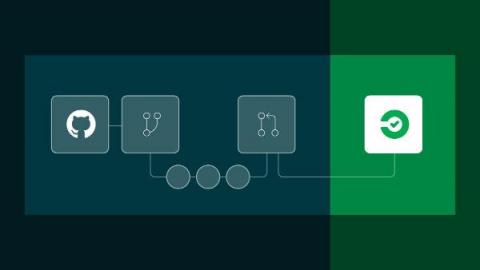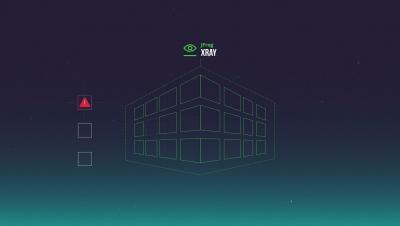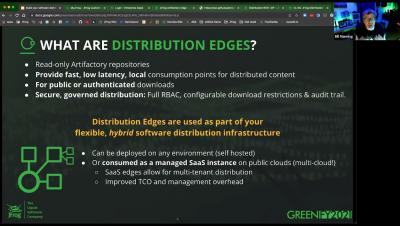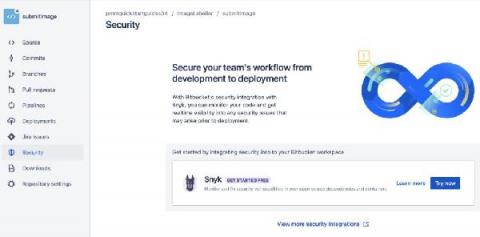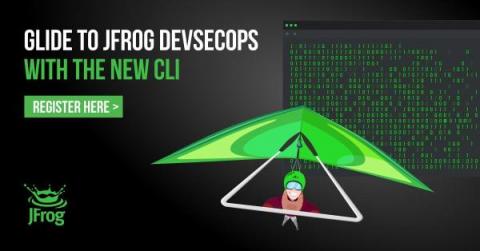Operations | Monitoring | ITSM | DevOps | Cloud
CI CD
The latest News and Information on Continuous Integration and Development, and related technologies.
Stop Using Branches for Deploying to Different GitOps Environments
In our big guide for GitOps problems, we briefly explained (see points 3 and 4) how the current crop of GitOps tools don’t really cover the case of promotion between different environments or how even to model multi-cluster setups. The question of “How do I promote a release to the next environment?” is becoming increasingly popular among organizations that want to adopt GitOps.
Building Observability in Your CircleCI Deploy
Trigger your CircleCI pipelines from a GitHub Actions workflow
If you are already a GitHub user, you may know that GitHub Actions provides you with powerful tools to increase efficiencies in your software delivery life cycle. Actions can be impactful for team collaborations and process simplification. For example, you can automate things like building a container, welcoming new users to your open source projects, managing branches, or triaging issues.
Introduction to JFrog Xray
Build your software distribution fast lane with Distribution Edges
Log4shell fix with the Bitbucket Cloud and Snyk integration
Build and deploy an ASP.NET Core application to Azure
Automating the deployment of a new web application and the release of feature updates goes a long way towards improving the productivity and efficiency of your development team. Another benefit of automation is that it minimizes or even eliminates repeated manual deployments. Manual deployments introduce the risk of human error during this critical part of the development process.
Using GitOps for Infrastructure and Applications With Crossplane and Argo CD
If you have been following the Codefresh blog for a while, you might have noticed a common pattern in all the articles that talk about Kubernetes deployments. Almost all of them start with a Kubernetes cluster that is already there, and then the article explains how to deploy an application on top. The reason for this simplification comes mainly from brevity and simplicity. We want to focus on the deployment part of the application and not its infrastructure just to make the article easier to follow.





